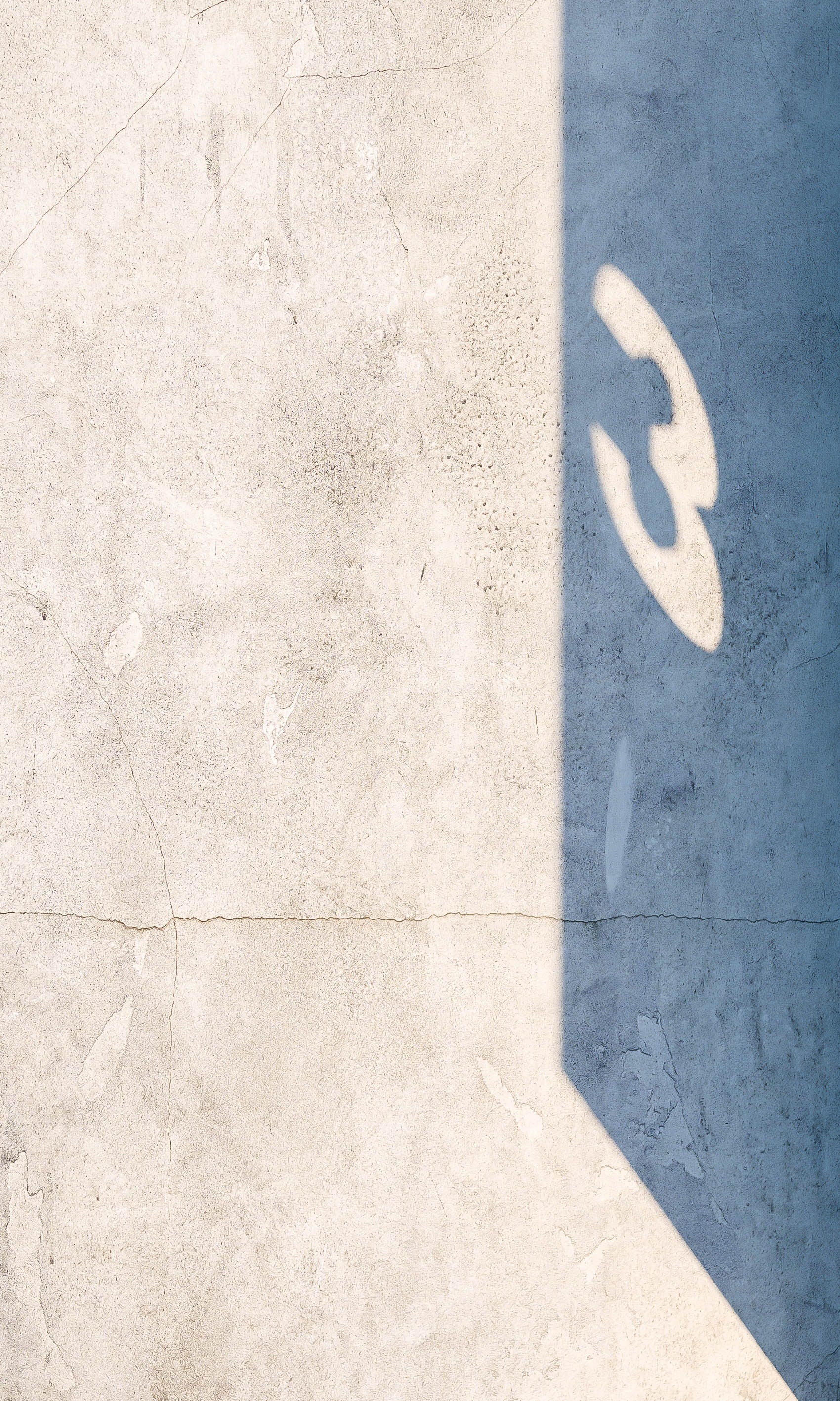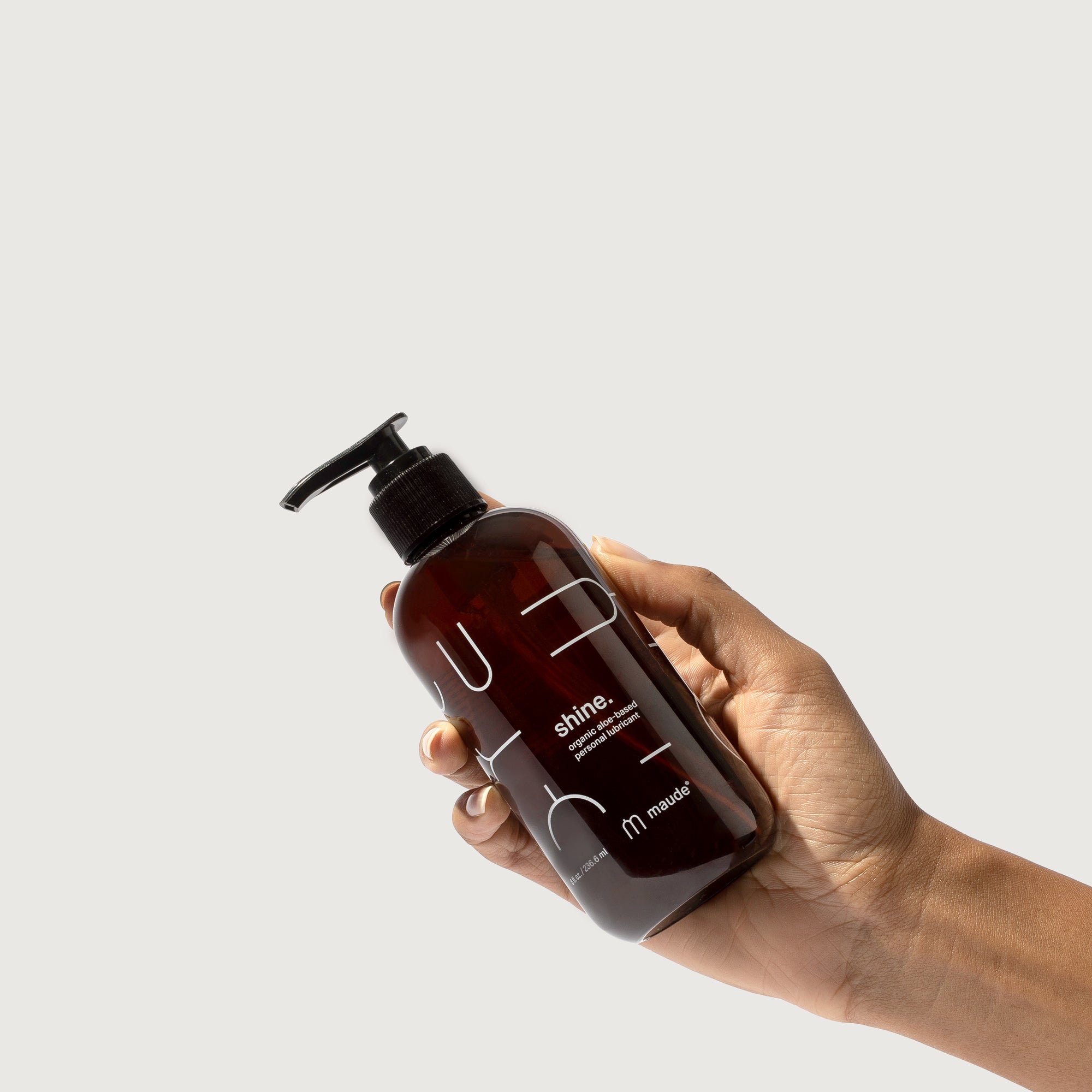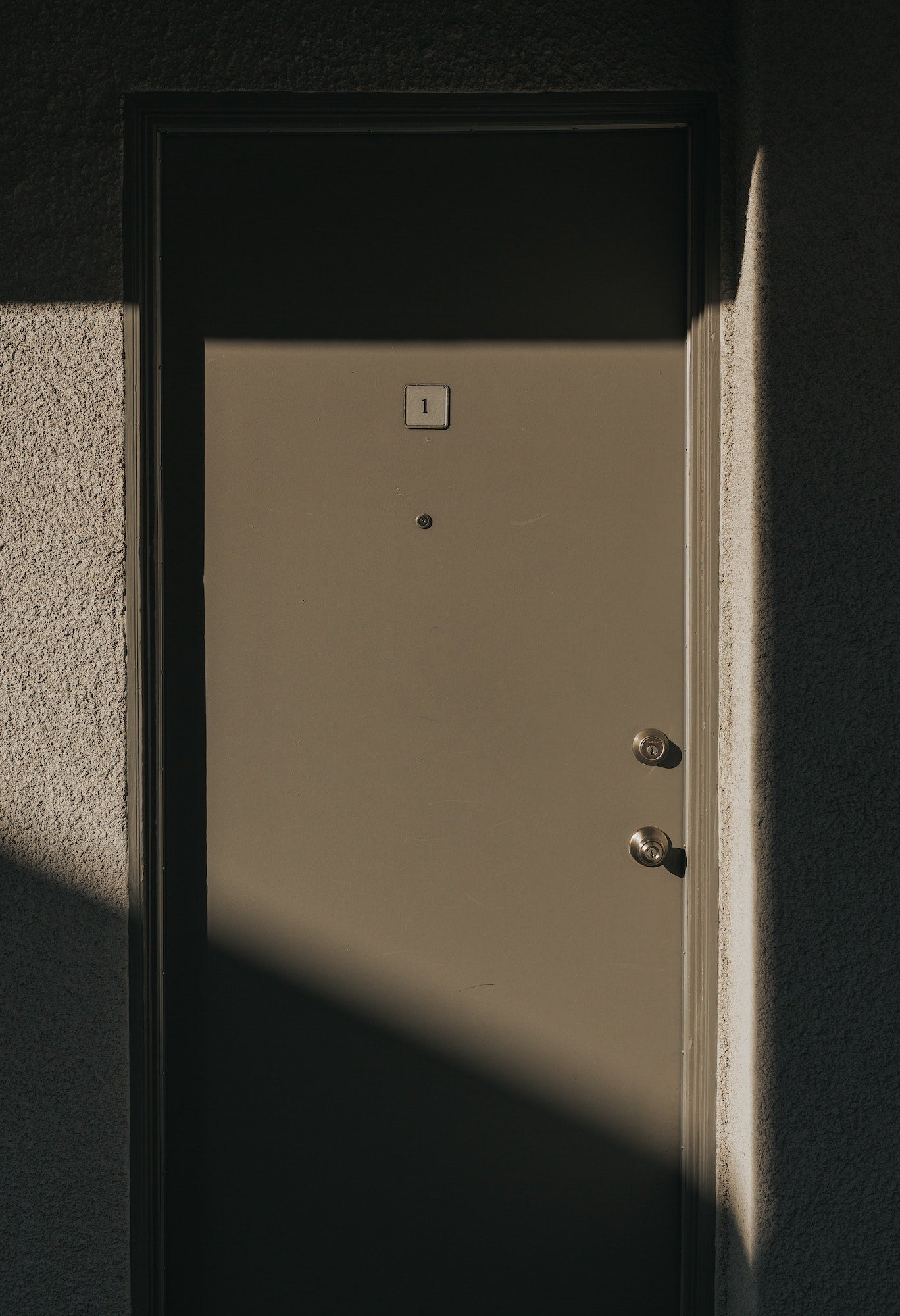The Prehistory Of Dating Apps.

Eight decades of algorithmic hookups.
In the mad, futuristic world we inhabit, there is a tendency to credit ‘the algorithm’ with everything, as though (a) it’s one algorithm; and (b) we understand algorithms. Is the same thing really in charge of both suggesting TV shows and, on dating apps, matching people up?
The journey to the modern dating app started earlier than anyone might reasonably think. It doesn’t just pre-date the app store—it predates cell phones, wi-fi, and home computing. The first bit of algorithmic matchmaking was done, unbelievably, in the 1940s. Yep, there have been eight decades of computers helping to hook people up. And, superficially, how it works hasn’t changed that much. It’s got more high-tech, but the idea—using math to try to pair people together—remains essentially the same.
In 1942, Life Magazine published an article about the Newark-based company Introduction, which presented itself as “A Service For Sociability”. To start, they had single people fill out forms about the basics—age, height, hobbies—plus religion and, unusually, the details of their minister or family doctor. These figures had to endorse the singleness of the applicant, as well as their “dignity and appropriateness of conduct”. An interviewer from Introduction also took notes, some of which are pretty shocking to modern eyes—“Quiet, intelligent, not very pretty, wears glasses, nice figure, and legs”. Everything was then reduced to a few key numbers, which they dubbed a “social quotient” calculation, and applicants with close figures were matched with each other.
The introduction seemed to do pretty well. From an initial 500 applicants, 86% reported enjoying the date they were sent on and 63% wanted to “further the acquaintance”.
Nonetheless, people kept working with emerging technology to try to improve data-based matchmaking, putting the very newest computing equipment available through its paces to get people together. In 1957, a punch-card system set up by a psychologist was claimed to have led to 5,000 marriages. In the early 1960s, Joan Ball developed a system in Britain, originally presenting itself as a ‘friendship bureau’, that became the first commercially successful computer dating program. Following her lead, in 1965 Harvard computer scientists built new systems to, in theory, let the data make the best matches—in reality, as pointed out by a 2016 paper by Mar Hicks in Ada: A Journal Of Gender, New Media & Technology, it was more about straight men building tools to get themselves women than about finding the best results for all involved.
Until the smartphone revolution, there were large stigmas attached to the idea of computer-assisted dating, something which wasn’t helped by scandals like the management of Dateline (a massively commercially successful operation running in the 1970s and 80s) selling female client lists to men looking for sex workers. As recently as 2005, two-thirds of people deemed internet dating to be dangerous, while three people in ten were adamant it was the last resort of the truly desperate.
While there are a lot of difficulties with using statistics to match people together, one of the biggest ones is the most obvious: some people are going to want to be paired with people who don’t want to be paired with them. Within the world of math and machine learning, this is known—extremely heteronormatively—as the stable marriage problem. It’s a way of matching two ‘sets’, each member of whom has preferences, in a way that no two people end up in pairs less desirable to them than being together.
In 1962, mathematicians David Gale and Lloyd Shapley won the Nobel Prize for their algorithmic solution to the problem, known both as the Gale-Shapley algorithm and the deferred acceptance algorithm. Sixty years later, that is the algorithm used by dating apps like Hinge.
As Hinge’s director of relationship science told Vice, “It’s not just based on who you are likely to like, it’s also based on who is likely to like you back. It’s all about pairing people who are likely to mutually like one another.” While this doesn’t mean the code decides, “you’re a five, we’re not even going to show you the tens”, it also doesn’t entirely not mean that.
Improved technology and social media normalizing the lowering of the wall between online and offline life have made algorithm-assisted dating vastly more popular and socially acceptable than once it was, to the extent that it can sometimes be surprising when someone introduced their partner and says they met in a bar. But then, eighty years in, it should be going well—cutting-edge computing technology honed to perfection by generations of horny scientists.





